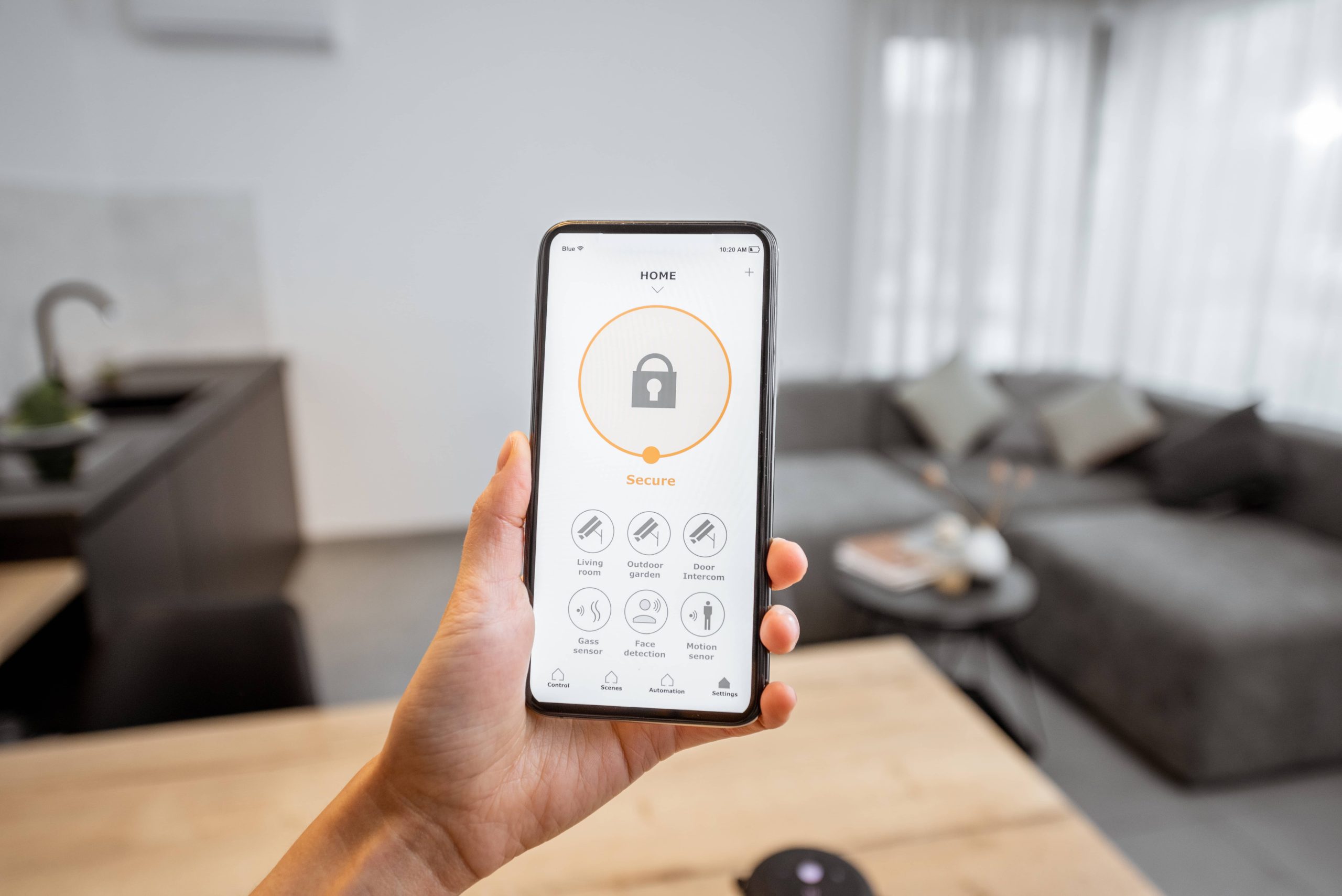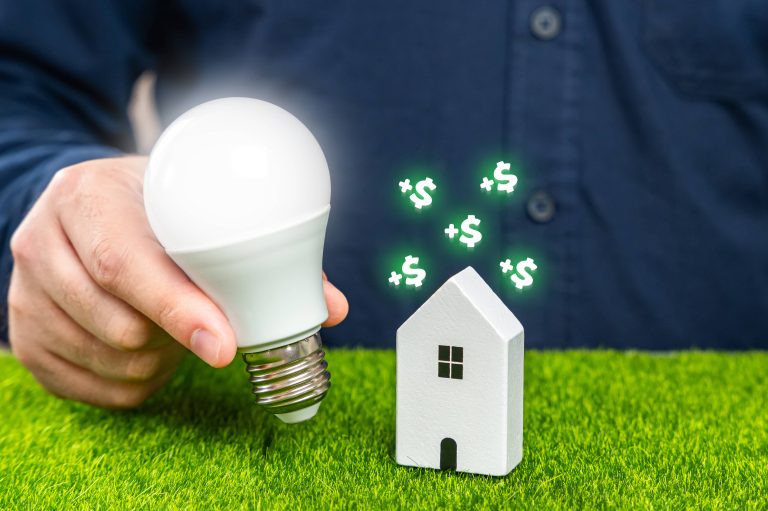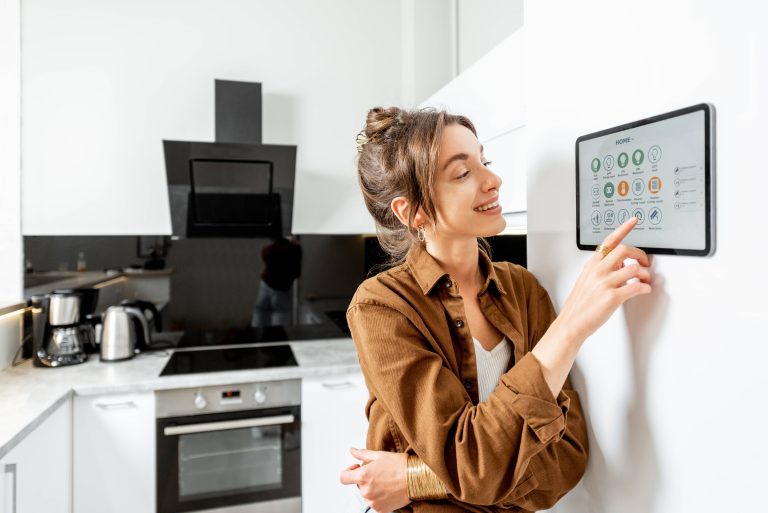
The idea of a “smart home” has taken the world by storm, and one of the most intriguing advancements in this field is the use of location-based technology to automate various functions. This means that your home can predict and react to your movements, offering a seamless and customized living experience. As convenience and efficiency become paramount in our busy lives, embracing location-based automation can truly revolutionize your day-to-day living. Let’s dive into the steps to automate your home using location-based technology.
Understanding Location-Based Technology
Before jumping into the steps, it’s essential to grasp what location-based technology entails. Essentially, it’s the use of GPS, Wi-Fi, RFID, and other location-tracking technologies to determine a person’s position. This data can then be used to trigger actions in your smart home. For instance, your lights can turn on as you arrive home, or your thermostat can adjust when it detects that you’re leaving work.
While it may sound complex, location-based automation can be incredibly intuitive once set up properly. Here are the steps to get started.
Step 1: Invest in a Robust Smart Home Ecosystem
The foundation of any good smart home setup is the ecosystem you choose. Whether it’s Google Home, Amazon Alexa, Apple HomeKit, or Samsung SmartThings, make sure you select a system that can seamlessly integrate various devices and services. Each ecosystem has its strengths, so choose according to your specific requirements and preferences.
Make sure your chosen system supports location-based services (also referred to as geo-fencing capabilities). This typically means that the system can recognize geographic parameters and trigger actions when you enter or exit these boundaries.
Step 2: Equip Your Home with Compatible Smart Devices
Next, equip your home with smart devices that are compatible with your chosen ecosystem. These include smart lights, smart locks, smart thermostats, smart cameras, and more. Opt for products that can integrate with location-based commands. For instance, Philips Hue lights, Ecobee thermostats, and August smart locks are great choices due to their compatibility with multiple ecosystems and their advanced geofencing features.
Step 3: Set Up Your Geo-fences
Geo-fencing is essentially creating virtual boundaries around specific locations that trigger actions when entered or exited. These boundaries can be your home, workplace, or even your local grocery store.
To set up geo-fences:
1. Open Your Ecosystem App: Start with your main smart home app (Google Home, Alexa, Apple Home, etc.).
2. Navigating to Automation Settings: Typically under ‘Routines,’ ‘Automations,’ or ‘Smart Home,’ you’ll find options to create new routines.
3. Creating the Geo-fence: Create a new automation and select ‘Location’ as your trigger. You can then designate the geographical area you want to use.
For instance, in the Google Home app, navigate to Routines -> Add a Routine -> Set up location-based routines, and then choose the desired parameters and devices you want to control.
Step 4: Define Location-Based Actions
Once your geo-fences are set, define the actions you want to trigger. Common routines include:
– Arrival Home: Unlock the front door, turn on the lights, and set the thermostat to your preferred temperature.
– Departure: Ensure all lights are off, lock the doors, and adjust the thermostat to energy-saving mode.
– Proximity Alerts: Set up specific devices to activate based on your proximity to home. For instance, the garage door opens when you are within a certain distance.
Here’s a simple example:
– If your smartphone enters the geo-fence surrounding your home, your outdoor security camera turns off, and entryway lights turn on.
Step 5: Testing and Fine-Tuning
Testing is crucial. Make sure to trial each of your location-triggered routines to ensure they work as expected. Be prepared for some tweaking. Sometimes the sensitivity of the geo-fence needs adjustment, or you may find certain actions are too preemptive or delayed.
For instance, you might find your lights turning on too early when you’re just passing by your home on the way to a nearby location. Adjust the geo-fence accordingly to avoid such issues.
Fine-tuning also includes ensuring your smartphone’s location settings are optimized for precise tracking. Enable high accuracy mode in your phone’s settings and ensure the smart home app has all necessary permissions.
Step 6: Enhancing Security and Privacy
Security and privacy should never be overlooked. Ensure robust security protocols such as two-factor authentication (2FA) are in place for your smart home ecosystem. Additionally, only necessary apps should have access to your location data, and keep your software and firmware updated to mitigate vulnerabilities.
Furthermore, it’s advisable to inform family members of the functionality and benefits of the system and ensure they have access or control changes when necessary.
Conclusion
Automating your home using location-based technology offers a new level of convenience and efficiency. By investing in the right ecosystem, using compatible devices, setting up accurate geo-fences, defining precise actions, fine-tuning the system, and ensuring security, your home will become more intelligent and responsive. The beauty of location-based automation lies in its ability to transform ordinary routines into seamless, hands-free experiences.
As you embark on this journey, remember that the world of smart home technologyis constantly evolving, with new products and features being launched regularly. Stay updated and enjoy the smart life!







